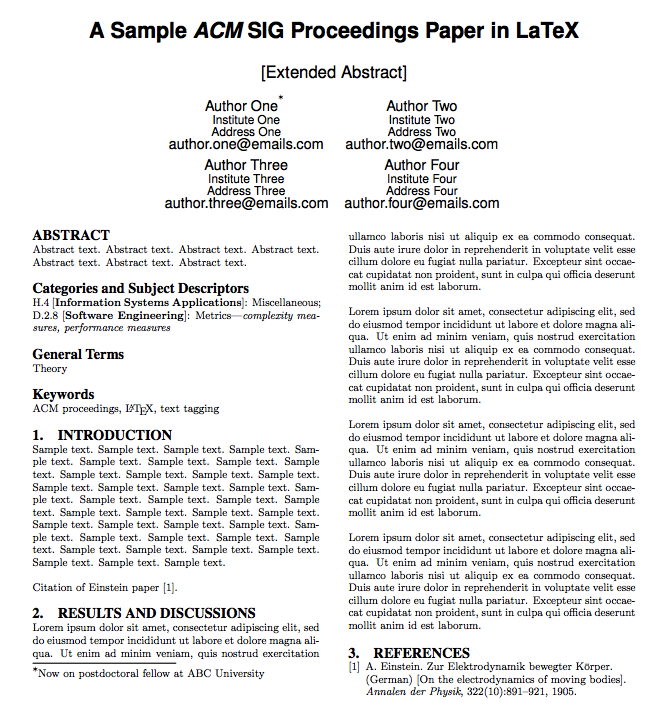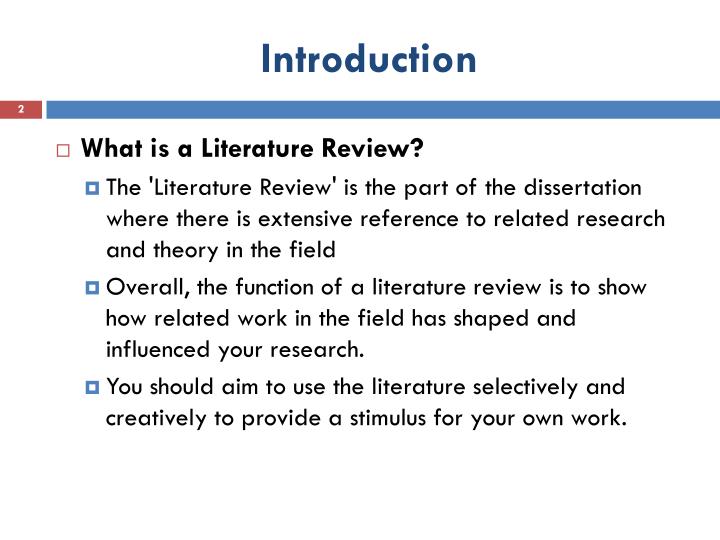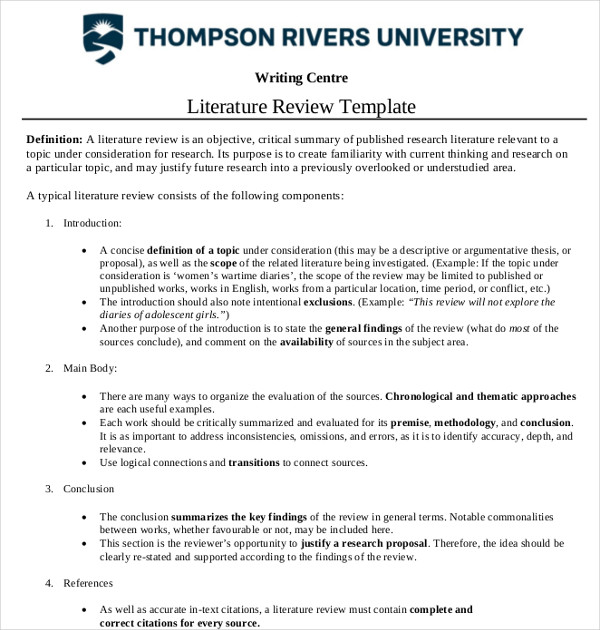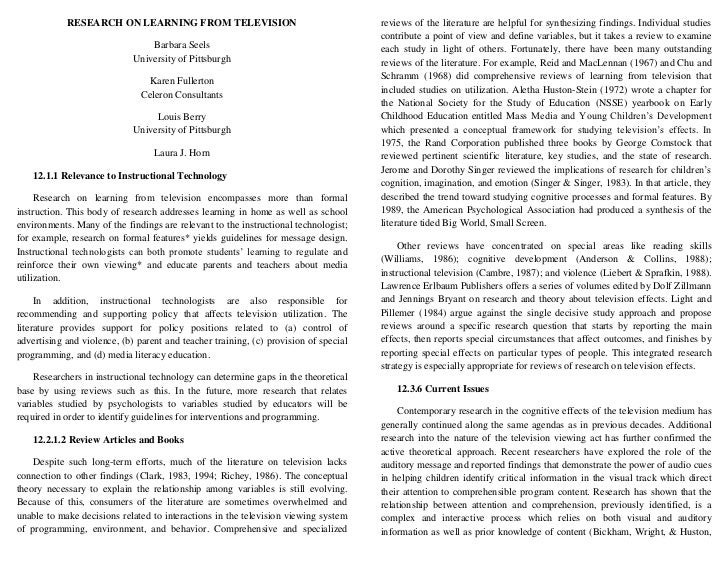Despite these criticisms, this type of review can be very useful in gathering together a volume of literature in a specific subject area and synthesizing it. As mentioned above, its primary purpose is to provide the reader with a comprehensive background for understanding current knowledge and highlighting the significance of new research (Cronin et al., 2008). Faculty like to use narrative reviews in the classroom because they are often more up to date than textbooks, provide a single source for students to reference, and expose students to peer-reviewed literature (Green et al., 2006).
For researchers, narrative reviews can inspire research ideas by identifying gaps or inconsistencies in a body of knowledge, thus helping researchers to determine research questions or formulate hypotheses. Importantly, narrative reviews can also be used as educational articles to bring practitioners up to date with certain topics of issues (Green et al., 2006). In contrast with narrative reviews, descriptive reviews follow a systematic and transparent procedure, including searching, screening and classifying studies (Petersen, Vakkalanka, & Kuzniarz, 2015). Indeed, structured search methods are used to form a representative sample of a larger group of published works (Paré et al., 2015). In doing so, a descriptive review may claim that its findings represent the state of the art in a particular domain (King & He, 2005).
When appropriately conducted, review articles represent powerful information sources for practitioners looking for state-of-the art evidence to guide their decision-making and work practices (Paré et al., 2015). Further, high-quality reviews become frequently cited pieces of work which researchers seek out as a first clear outline of the literature when undertaking empirical studies (Cooper, 1988; Rowe, 2014). The reason for their popularity may be the fact that reading the review enables one to have an overview, if not a detailed knowledge of the area in question, as well as references to the most useful primary sources (Cronin et al., 2008).
Although they are not easy to conduct, the commitment to complete a review article provides a tremendous service to one's academic community (Paré et al., 2015; Petticrew & Roberts, 2006). Most, if not all, peer-reviewed journals in the fields of medical informatics publish review articles of some type. Narrative or Traditional literature reviews critique and summarise a body of literature about the thesis topic. The literature is researched from the relevant databases and is generally very selective in the material used. The criteria for literature selection for a narrative review is not always made open to the reader.
These reviews are very useful in gathering and synthesising the literature located. Where a narrative approach differs from a systematic approach is in the notation of search methods criteria for selection,this can leave narrative reviews open to suggestions of bias. As shown in Table 9.1, each review type addresses different kinds of research questions or objectives, which subsequently define and dictate the methods and approaches that need to be used to achieve the overarching goal of the review. For example, in the case of narrative reviews, there is greater flexibility in searching and synthesizing articles (Green et al., 2006). Hence, in order to select the most appropriate type of review, it is critical to know before embarking on a review project, why the research synthesis is conducted and what type of methods are best aligned with the pursued goals.
We must stress that this classification scheme does not privilege any specific type of review as being of higher quality than another (Paré et al., 2015). As explained above, each type of review has its own strengths and limitations. Having said that, we realize that the methodological rigour of any review — be it qualitative, quantitative or mixed — is a critical aspect that should be considered seriously by prospective authors. In the present context, the notion of rigour refers to the reliability and validity of the review process described in section 9.2. For one thing, reliability is related to the reproducibility of the review process and steps, which is facilitated by a comprehensive documentation of the literature search process, extraction, coding and analysis performed in the review. Next, validity characterizes the degree to which the review process was conducted appropriately.
In short, the rigour of any review article is reflected by the explicitness of its methods (i.e., transparency) and the soundness of the approach used. We refer those interested in the concepts of rigour and quality to the work of Templier and Paré which offers a detailed set of methodological guidelines for conducting and evaluating various types of review articles. A literature review is an overview of the previously published works on a specific topic.
The term can refer to a full scholarly paper or a section of a scholarly work such as a book, or an article. Either way, a literature review is supposed to provide the researcher/author and the audiences with a general image of the existing knowledge on the topic under question. A good literature review can ensure that a proper research question has been asked and a proper theoretical framework and/or research methodology have been chosen. To be precise, a literature review serves to situate the current study within the body of the relevant literature and to provide context for the reader.
In such case, the review usually precedes the methodology and results sections of the work. Knowledge production within the field of business research is accelerating at a tremendous speed while at the same time remaining fragmented and interdisciplinary. This makes it hard to keep up with state-of-the-art and to be at the forefront of research, as well as to assess the collective evidence in a particular area of business research. This is why the literature review as a research method is more relevant than ever.
How To Write Review Of Related Literature Traditional literature reviews often lack thoroughness and rigor and are conducted ad hoc, rather than following a specific methodology. Therefore, questions can be raised about the quality and trustworthiness of these types of reviews. This paper discusses literature review as a methodology for conducting research and offers an overview of different types of reviews, as well as some guidelines to how to both conduct and evaluate a literature review paper. It also discusses common pitfalls and how to get literature reviews published. As mentioned earlier, when rigorously conducted review articles represent powerful information sources for eHealth scholars and practitioners looking for state-of-the-art evidence.
The typology of literature reviews we used herein will allow eHealth researchers, graduate students and practitioners to gain a better understanding of the similarities and differences between review types. In recent years, the number of systematic reviews in the field of health informatics has increased considerably. Systematic reviews with discordant findings can cause great confusion and make it difficult for decision-makers to interpret the review-level evidence .
Therefore, there is a growing need for appraisal and synthesis of prior systematic reviews to ensure that decision-making is constantly informed by the best available accumulated evidence. Umbrella reviews generally adhere to the same principles and rigorous methodological guidelines used in systematic reviews. However, the unit of analysis in umbrella reviews is the systematic review rather than the primary study (Becker & Oxman, 2008). Unlike systematic reviews that have a narrow focus of inquiry, umbrella reviews focus on broader research topics for which there are several potential interventions (Smith, Devane, Begley, & Clarke, 2011).
Literature reviews are designed to provide an overview of sources you have explored while researching a particular topic and to demonstrate to your readers how your research fits within a larger field of study. Scoping literature review, as implied by its name is used to identify the scope or coverage of a body of literature on a given topic. The literature review should clearly demonstrate that the author has a good knowledge of the research area. Literature review typically occupies one or two passages in the introduction section. A well-written literature review should provide a critical appraisal of previous studies related to the current research area rather than a simple summary of prior works.
The author shouldn't shy away from pointing out the shortcomings of previous works. However, criticising other's work without any basis can weaken your paper. This is a perfect place to coin your research question and justify the need for such a study. It is also worth pointing out towards the end of the review that your study is unique and there is no direct literature addressing this issue. Add a few sentences about the significance of your research and how this will add value to the body of knowledge.
In the fields of health sciences and medical informatics, reviews that focus on examining the range, nature and evolution of a topic area are described by Anderson, Allen, Peckham, and Goodwin as mapping reviews. Like descriptive reviews, the research questions are generic and usually relate to publication patterns and trends. There is no preconceived plan to systematically review all of the literature although this can be done. Instead, researchers often present studies that are representative of most works published in a particular area and they consider a specific time frame to be mapped. In composing a literature review, it is important to note that it is often this third layer of knowledge that is cited as "true" even though it often has only a loose relationship to the primary studies and secondary literature reviews.
Given this, while literature reviews are designed to provide an overview and synthesis of pertinent sources you have explored, there are a number of approaches you could adopt depending upon the type of analysis underpinning your study. Ideally, a literature review should not identify as a major research gap an issue that has just been addressed in a series of papers in press (the same applies, of course, to older, overlooked studies ("sleeping beauties" )). This implies that literature reviewers would do well to keep an eye on electronic lists of papers in press, given that it can take months before these appear in scientific databases.
Some reviews declare that they have scanned the literature up to a certain point in time, but given that peer review can be a rather lengthy process, a full search for newly appeared literature at the revision stage may be worthwhile. Assessing the contribution of papers that have just appeared is particularly challenging, because there is little perspective with which to gauge their significance and impact on further research and society. The purpose is to offer an overview of significant literature published on a topic. Unlike other review types, critical reviews attempt to take a reflective account of the research that has been done in a particular area of interest, and assess its credibility by using appraisal instruments or critical interpretive methods. In this way, critical reviews attempt to constructively inform other scholars about the weaknesses of prior research and strengthen knowledge development by giving focus and direction to studies for further improvement . A Systematic style literature review uses elements and methods of a systematic quantitative or Qualitative review in its research methods but is then generally written up in a more traditional form.
For example, when researching a systematic styled review you would take careful notes of what you have searched for and in which databases in the same way as you would with a more formal review type. You would also include your inclusion and exclusion criteria for papers read in your final literature review, but you do not necessarily need to gather quantitative or qualitative evidence from your reading. This style of review is very common in social science research as recording your search and evaluation methodology adds authority to you final product. The literature review is a written overview of major writings and other sources on a selected topic.
Sources covered in the review may include scholarly journal articles, books, government reports, Web sites, etc. The literature review provides a description, summary and evaluation of each source. It is usually presented as a distinct section of a graduate thesis or dissertation.
Literature reviews provide you with a handy guide to a particular topic. If you have limited time to conduct research, literature reviews can give you an overview or act as a stepping stone. For professionals, they are useful reports that keep them up to date with what is current in the field.
For scholars, the depth and breadth of the literature review emphasizes the credibility of the writer in his or her field. Literature reviews also provide a solid background for a research paper's investigation. Comprehensive knowledge of the literature of the field is essential to most research papers. A literature review may stand alone as an individual document in which the history of the topic is reported and then analyzed for trends, controversial issues, and what still needs to be studied.
The review could just be a few pages for narrow topics or quite extensive with long bibliographies for in-depth reviews. In-depth review articles are valuable time-savers for professionals and researchers who need a quick introduction or analysis of a topic but they can be very time-consuming for authors to produce. To illustrate the difference between reporting and reviewing, think about television or film review articles. These articles include content such as a brief synopsis or the key points of the film or programme plus the critic's own evaluation. Similarly the two main objectives of a literature review are firstly the content covering existing research, theories and evidence, and secondly your own critical evaluation and discussion of this content. This chapter is similar to what is called the list of references and its main purpose is to collect all the relevant sources of information and organize them in a logical sequence.
This part of a dissertation should also make an evaluation of all available sources and find the gaps in existing knowledge on a particular topic in order to create a reasoned ground for research. Table 9.1 outlines the main types of literature reviews that were described in the previous sub-sections and summarizes the main characteristics that distinguish one review type from another. It also includes key references to methodological guidelines and useful sources that can be used by eHealth scholars and researchers for planning and developing reviews. Heterogeneity between the included studies in terms of reported outcomes and measures precluded the use of meta-analytic methods.
The narrative review is the "traditional" way of reviewing the extant literature and is skewed towards a qualitative interpretation of prior knowledge (Sylvester et al., 2013). Put simply, a narrative review attempts to summarize or synthesize what has been written on a particular topic but does not seek generalization or cumulative knowledge from what is reviewed (Davies, 2000; Green et al., 2006). Instead, the review team often undertakes the task of accumulating and synthesizing the literature to demonstrate the value of a particular point of view (Baumeister & Leary, 1997). As such, reviewers may selectively ignore or limit the attention paid to certain studies in order to make a point. In this rather unsystematic approach, the selection of information from primary articles is subjective, lacks explicit criteria for inclusion and can lead to biased interpretations or inferences (Green et al., 2006).
There are several narrative reviews in the particular eHealth domain, as in all fields, which follow such an unstructured approach (Silva et al., 2015; Paul et al., 2015). The purpose of an SQLR is to find, quantify and codify all relevant literature in a spreadsheet or table for analysis. Quantifying the status and characteristics of literature relating to a research area helps to and identify theme and gaps in available research to better guide your research project..
The quantification process helps with evidence-based decision making and informs future research directions. The review process identifies, evaluates and summarises the findings of all eligible studies. SQLRs are useful for providing a comprehensive overview and interpretation of research on a topic. Some disciplines require that you use information that is as current as possible. This is particularly true in disciplines in medicine and the sciences where research conducted becomes obsolete very quickly as new discoveries are made.
However, when writing a review in the social sciences, a survey of the history of the literature may be required. In other words, a complete understanding the research problem requires you to deliberately examine how knowledge and perspectives have changed over time. Sort through other current bibliographies or literature reviews in the field to get a sense of what your discipline expects. You can also use this method to explore what is considered by scholars to be a "hot topic" and what is not.
The most interesting literature reviews are often written as arguments (again, as mentioned at the beginning of the page, this is discipline-specific and doesn't work for all situations). Often, the literature review is where you can establish your research as filling a particular gap or as relevant in a particular way. You have some chance to do this in your introduction in an article, but the literature review section gives a more extended opportunity to establish the conversation in the way you would like your readers to see it. You can choose the intellectual lineage you would like to be part of and whose definitions matter most to your thinking (mostly humanities-specific, but this goes for sciences as well). In addressing these points, you argue for your place in the conversation, which tends to make the lit review more compelling than a simple reporting of other sources. There are a number of different situations where you might write a literature review, each with slightly different expectations; different disciplines, too, have field-specific expectations for what a literature review is and does.
You should always look at examples from your own discipline and talk to professors or mentors in your field to be sure you understand your discipline's conventions, for literature reviews as well as for any other genre. A literature review is a survey of scholarly sources on a specific topic. It provides an overview of current knowledge, allowing you to identify relevant theories, methods, and gaps in the existing research. Reviewing the literature requires the ability to juggle multiple tasks, from finding and evaluating relevant material to synthesising information from various sources, from critical thinking to paraphrasing, evaluating, and citation skills .
In this contribution, I share ten simple rules I learned working on about 25 literature reviews as a PhD and postdoctoral student. Ideas and insights also come from discussions with coauthors and colleagues, as well as feedback from reviewers and editors. A meta-analysis is typically a systematic review using statistical methods to effectively combine the data used on all selected studies to produce a more reliable result.




























No comments:
Post a Comment
Note: Only a member of this blog may post a comment.